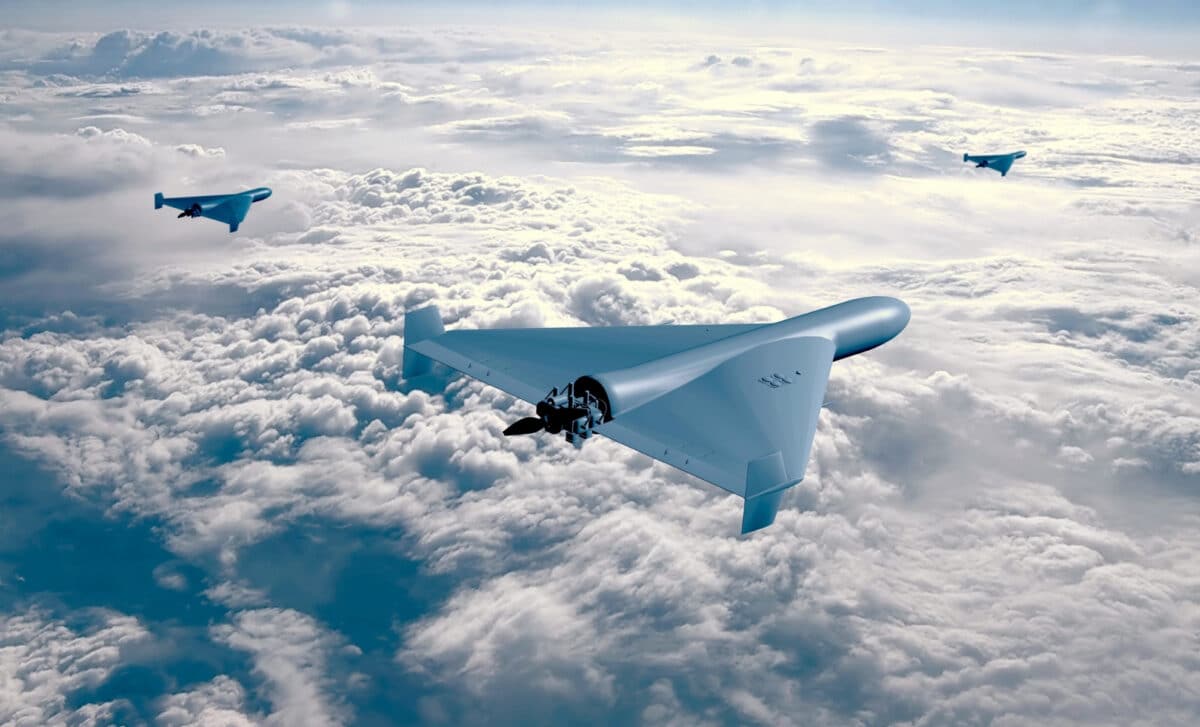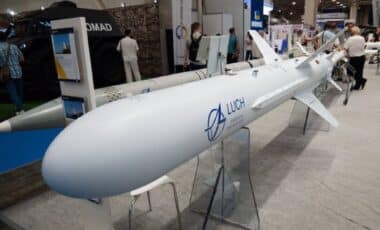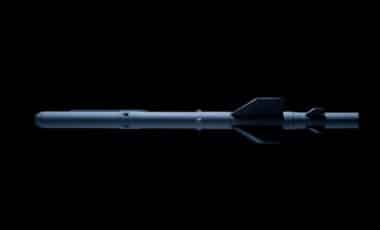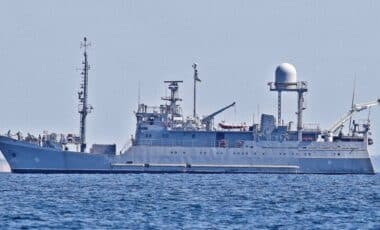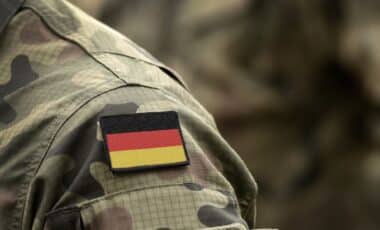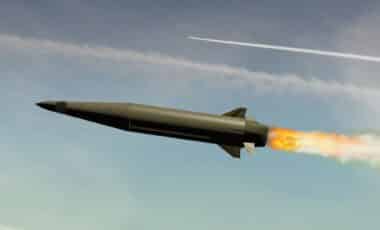Russia has escalated its drone warfare in Ukraine with the deployment of a new model, the CBTS.611000, integrating components sourced from China. This drone, capable of carrying warheads and serving as both a reconnaissance tool and a decoy, is part of a broader strategy overwhelming Ukrainian defenses.
The use of this drone model highlights a growing dependence on Chinese technology in Russia’s military operations. Ukrainian intelligence reports suggest the aircraft’s design and construction rely heavily on foreign-made parts, pointing to a complex international supply chain supporting Russia’s drone program.
In the context of the ongoing war in Ukraine, the CBTS.611000 drone marks a significant shift in the use of unmanned systems. Russia has increasingly turned to airpower to disrupt Ukrainian defenses and assert control over contested areas. The deployment of this new drone, reportedly used in massive aerial attacks involving hundreds of devices, has intensified concerns among Ukrainian forces. The drone is employed not only for direct strikes but also to mislead and exhaust enemy defense systems by acting as a decoy.
This technological evolution is seen as a direct response to the growing sophistication of Ukrainian countermeasures. As the war progresses, innovations like the CBTS.611000 are altering the operational landscape and presenting new challenges to Ukrainian forces, both tactically and logistically.
Elon Musk Just Opened a Fast-Food Diner—and It’s Nothing Like McDonald’s
Russia’s Intensified Drone Strategy
Russia has significantly increased its aerial offensives by launching large volumes of drones, including the CBTS.611000, in concentrated waves during night-time assaults. According to Armees, these operations often involve “several hundred missiles and drones,” which frequently bypass Ukraine’s air defenses. The CBTS.611000 stands out by its dual functionality—it conducts reconnaissance missions and can carry a warhead of up to 15 kilograms.
Of the drones produced monthly, around 2,500 units are reportedly used solely as decoys to confuse and deplete Ukraine’s interception capabilities. Meanwhile, the total monthly output reaches approximately 5,200 units similar to the Iranian-designed Shahed drones. This surge in production reflects Moscow’s strategy to maintain consistent aerial pressure on Ukrainian targets, indicating a shift toward quantity-driven saturation tactics in air warfare.
Design and Supply Origins of the cbts.611000
The CBTS.611000 features a delta wing configuration that mirrors the Shahed-136 but in a smaller form. This aerodynamic design enhances the drone’s agility and payload capacity, making it suitable for targeted attacks. Ukrainian intelligence services, notably the HUR, have recovered and examined two of these drones, uncovering a clear trail of foreign-manufactured components.
The analysis revealed that most of the drone’s systems—including its DLE-60 twin-cylinder engine, flight controllers, navigation units, and servomechanisms—were manufactured in China. The Chinese origin of these parts underscores Beijing’s indirect but tangible role in supporting Russia’s drone program. Although China is not officially engaged in the conflict, its economic ties with Russia and the sale of dual-use technologies suggest a discreet form of involvement.
Geopolitical and Security Implications
Beyond China, various components in the CBTS.611000 originate from Taiwan, Iran, Switzerland, and the United States, according to information obtained by Ukrainian intelligence. This diversified supply chain reveals Russia’s ability to bypass international sanctions and continue its drone production despite restrictions.
The presence of these foreign elements in Russian drones raises pressing concerns over the regulation of sensitive technologies. As noted in Armees, this scenario emphasizes the need for stricter monitoring of technological transfers and international cooperation to limit the export of components that may be used in military contexts. Ukraine’s ability to respond effectively to these evolving threats will depend in part on continued intelligence sharing and external support.

